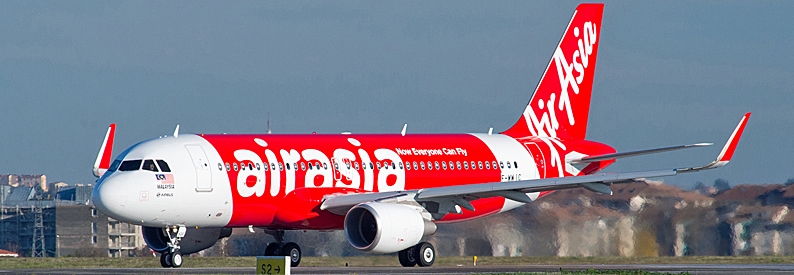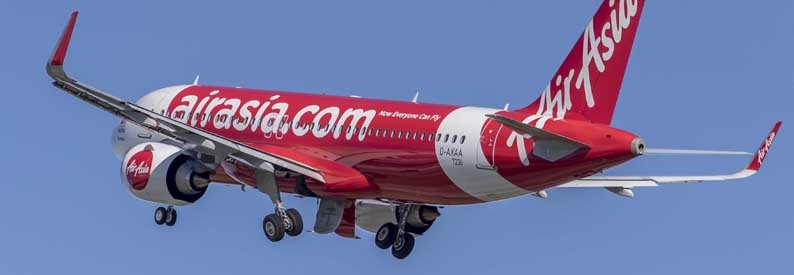AirAsia (AK, Kuala Lumpur International) is expected to return to Kuala Lumpur's Sultan Abdul Aziz Shah Airport, informally known as Kuala Lumpur Subang, after being forced to quit the airport 21 years ago.
Speaking at a media conference on February 8, Capital A CEO Tony Fernandes said AirAsia has applied to base ten aircraft at the airport and recommence operations there. The move follows a Malaysian government decision to allow scheduled passenger carriers to use narrowbody aircraft as large as B737-800s and A320-200s at the airport, located just 24 kilometres from the centre of the city.
"I always have said that it is a waste of an asset," Fernandes told reporters. “A big city like Kuala Lumpur should have two airports." Until Kuala Lumpur International, known as KLIA, opened in 1998, Subang was Kuala Lumpur's primary airport. In 2002, AirAsia and Malaysia Airlines were ordered to switch their operations to KLIA to boost traffic through that airport. Subang Airport is presently serviced by four passenger carriers - Firefly, Berjaya Air, SKS Airways, and Batik Air Malaysia. All use turboprops at the airport. Batik Air Malaysia flies ATR72-600s into Subang, Firefly uses ATR72-500s, Berjaya Air deploys ATR42-500s, and SKS Airways uses DHC-3s. A fifth airline, cargo carrier Raya Airways, operates widebody services from Subang as far afield as Indonesia and Hong Kong.
Malaysia Airports Holdings Berhad (MAHB) has a 60-year lease running through to 2067 to operate and manage the airport. MAHB look after 39 airports and is owned by Khazanah Nasional Berhad, a Malaysian government sovereign wealth fund. On February 2, Transport Minister Anthony Loke Siew Fook took the Subang Airport Regeneration Plan (SARP) to Malaysia's government cabinet for approval. The plan was put together by MAHB and includes the reintroduction of commercial narrowbody passenger flights, plus the development of on-site R&D and MRO facilities as well as a separate business park and aerospace industry maintenance precinct.
“The end goal would be to revitalise Subang Airport as a regional aviation hub with a maximum capacity of eight million passengers a year," said Loke. "Subang Airport’s revival is aimed at helping alleviate the massive narrow-body aircraft traffic at Kuala Lumpur International, which currently makes up 70% of all air traffic at KLIA. This will open up more capacity for KLIA to take on an increased number of popular long-haul flights. Thus, the planned rejuvenated Subang Airport will serve as a complementary secondary airport to Kuala Lumpur International, rather than competing against it."
Previous SARP versions, including a 2021 version that put the cost of Subang's upgrade at MYR1.3 billion ringgits (USD301.3 million dollars), have gone before cabinet only to be rejected. This approved version, essentially a reworking of the 2021 version, remains without a final costing as consultations with industry stakeholders continue and some fine-tuning work still needs to be done.
“You can 100% guarantee that we will be there and I think it is a visionary move,” said Fernades who says he knows the airport well. He notes Subang's convenience to downtown Kuala Lumpur and much of the city's population, adding that because of this he thinks AirAsia will be able to charge a premium for its Subang flights. Fernades did not say when flights from the airport would commence.




